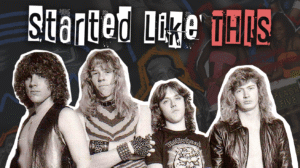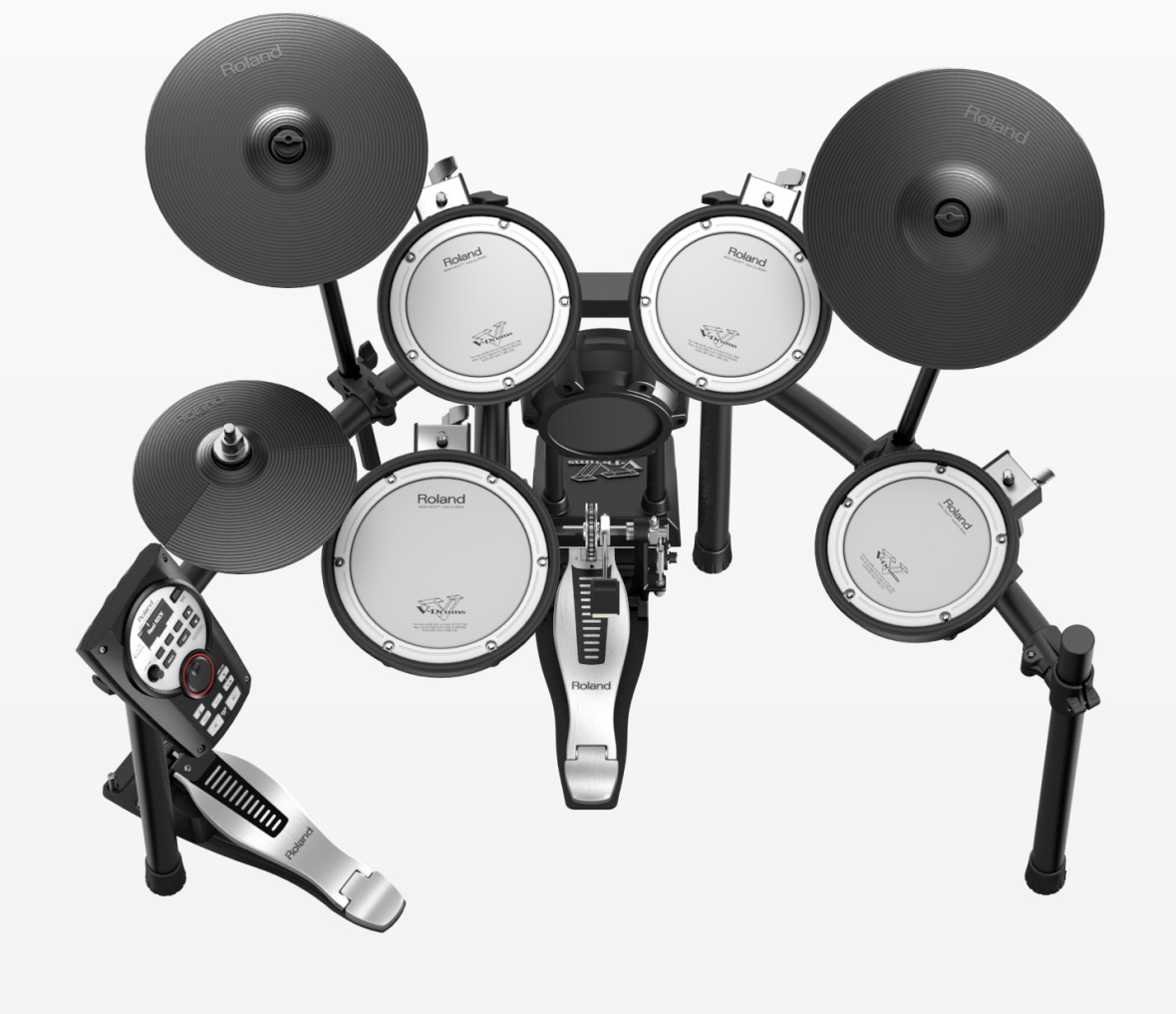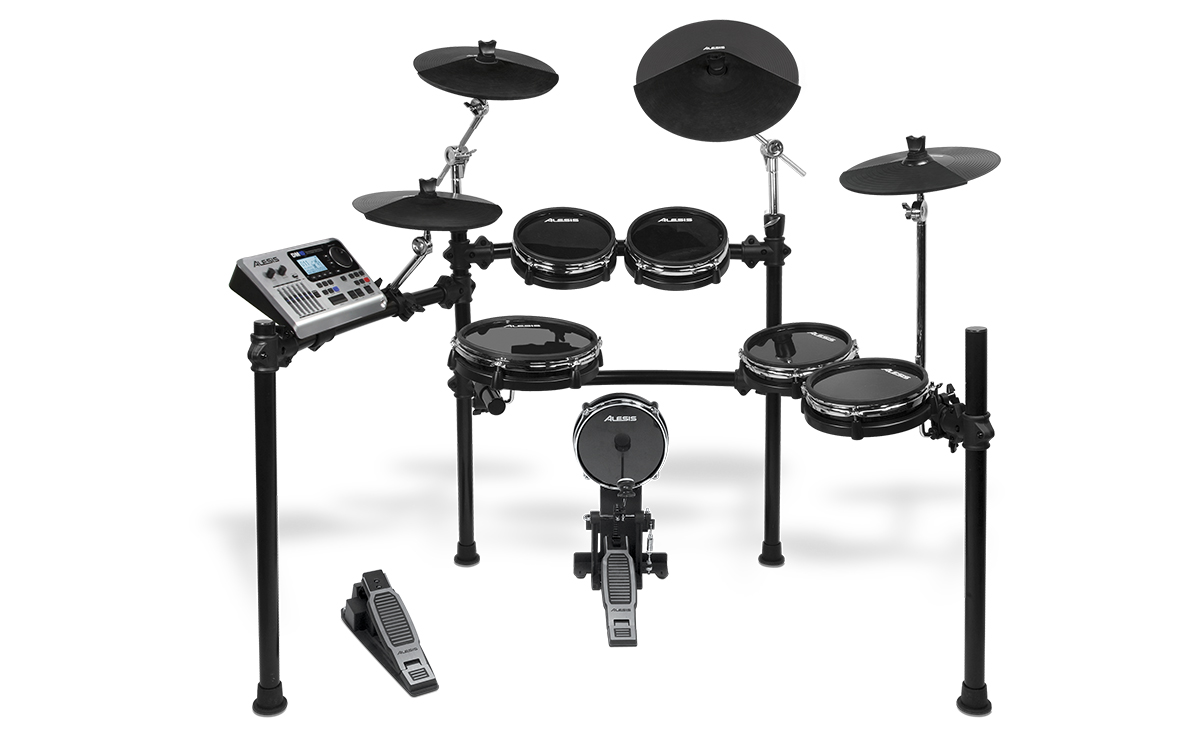
Have you ever heard a mysterious scream in a famous song and wondered if it was real? Behind the glossy surface of hit records lurk countless stories of murder, mayhem, and dark secrets. From The Beatles’ supposed hidden messages to screams captured during recordings, these tales have captivated music fans for decades. Sound engineers, producers, and artists have watched these myths take on lives of their own, spreading from studio to studio like whispered gossip.
The truth behind these legendary stories might surprise you.
8. The Origins Of The “Hitler Mic”

Audio mythology often wrongly connects Adolf Hitler to the development of the U47 microphone. German engineer Georg Neumann actually created this revolutionary device in 1947, well after World War II. The microphone’s vacuum tube technology established new standards for audio capture, with 3,500 units emerging from the Berlin factory. Far from its misattributed origins, these microphones went on to capture the voices of Frank Sinatra, Ella Fitzgerald, and countless other legendary performers, defining the sound of an entire musical era.
7. The Truth About Slanted Windows

Slanted windows between control rooms and recording booths serve a specific function. These angled panes eliminate reflective interference that can distract from session work. Dating back to the 1950s, this practical design ensures optimal visibility. This architectural innovation eliminated the need for complex mirror systems, reducing studio construction costs by 30% while improving communication.
6. Axl Rose’s Recording Session

Music folklore contains countless studio stories, but the “Rocket Queen” recording stands uniquely verified. During the 1987 sessions at Record Plant Studios, Axl Rose invited a female friend to create authentic intimate sounds for the song’s bridge section. Engineer Steve Thompson and drummer Steven Adler confirmed that Rose recorded these sounds in the studio’s stairwell with a mobile setup. This controversial decision sparked debate about recording ethics, yet helped establish “Appetite for Destruction” as one of rock’s most raw and uncompromising debuts, selling 30 million copies worldwide and solidifying the band’s reputation for pushing boundaries.
5. Back Masking And The Paul McCartney Myth
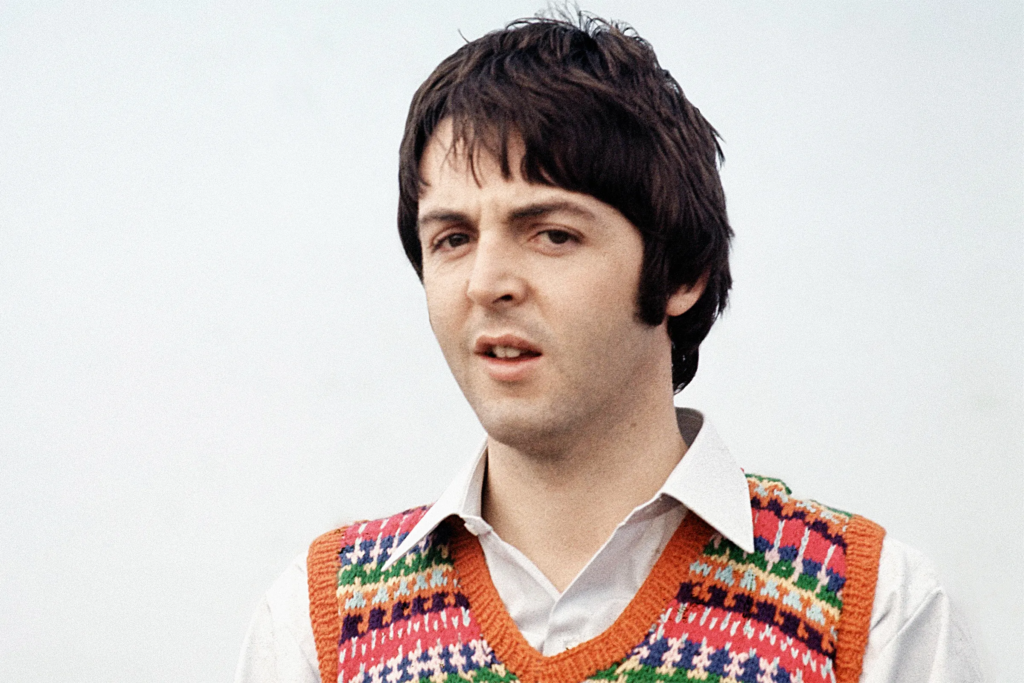
In fall 1969, fans began dissecting Beatles songs for hidden clues. Playing tracks in reverse, listeners sought evidence of Paul McCartney’s rumored death. Scientific analysis explains how reverse audio creates coincidental patterns. The “Paul is dead” phenomenon remains the most extensively studied case of audio pareidolia in popular music history.
4. Ringo’s Drumming Skills
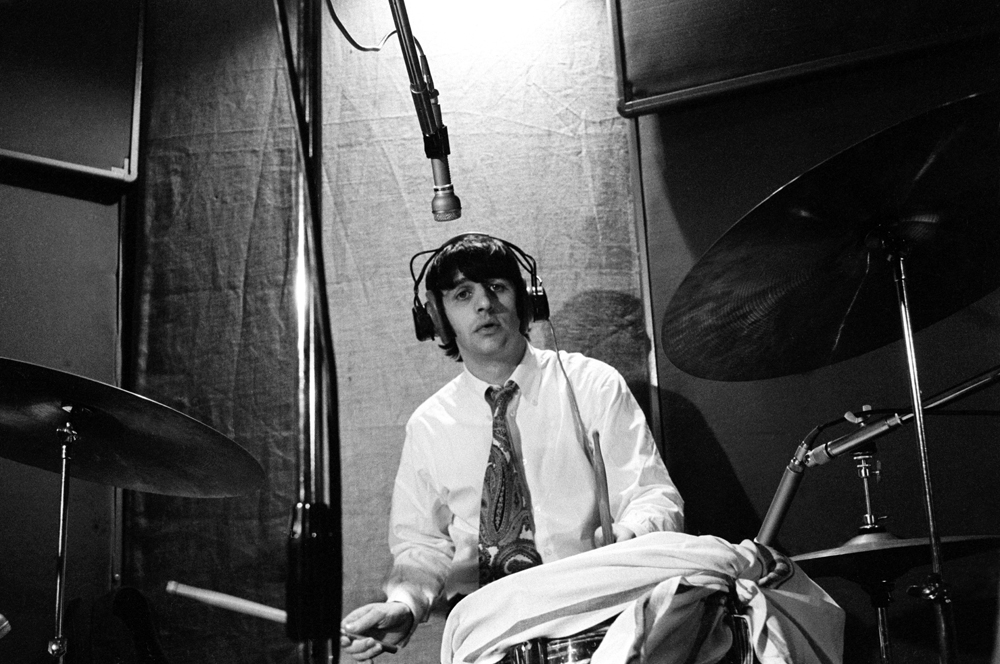
A popular quote attributed to John Lennon is that Ringo Starr isn’t even the best drummer in The Beatles. A 1981 British radio show created the misattributed quote about Ringo Starr’s abilities. Personal letters show John Lennon’s authentic respect for his bandmate’s musicianship. Starr introduced matched grip drumming to mainstream audiences. His innovative playing style on tracks like “Rain” and “Come Together” redefined rock drumming, inspiring three generations of musicians.
3. The Ohio Players’ “Love Roller Coaster”

The Ohio Players unleashed an enduring urban legend with their 1975 hit single “Love Roller Coaster.” When radio stations began receiving calls about a murder scream in the song’s middle section, rumors spread that a woman had died during the recording session. Keyboardist William “Billy” Beck actually created the iconic scream, but stories ranged from a murdered photographer to a studio accident involving the album cover model. The band’s strategic silence about these macabre theories pushed the song to No. 1 on the Billboard charts, generating $1.2 million in additional sales and creating one of music’s most effective accidental marketing campaigns.
2. Misattributed Songs
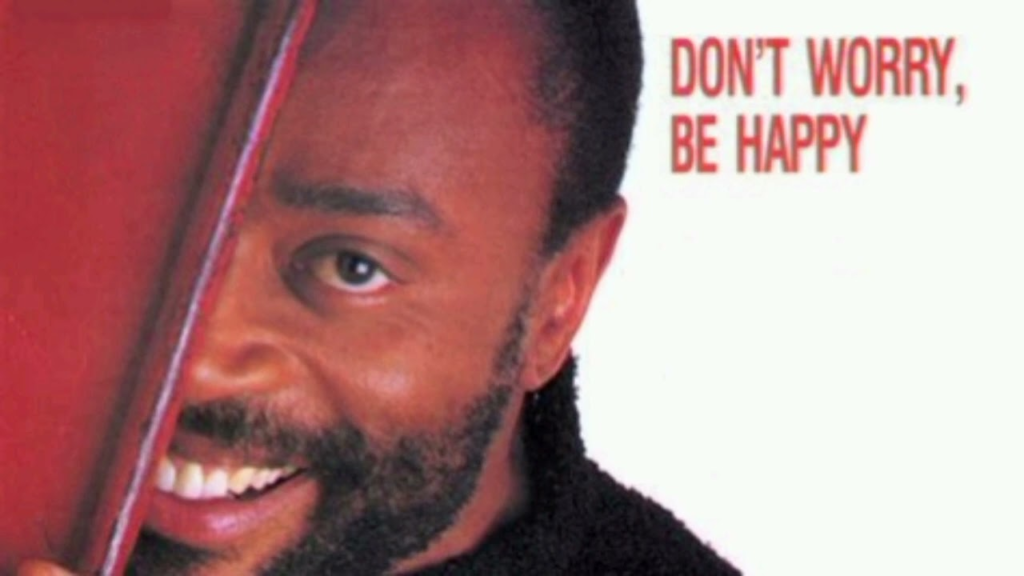
In the age of file-sharing, many songs have been misattributed to the wrong artists. For example, some listeners might think that “Don’t Worry, Be Happy” is by Bob Marley, or that “Teenage Dirtbag” is by Weezer instead of Wheatus. These mix-ups often stem from incorrect labeling on file-sharing sites, leading to confusion among fans. Have you ever downloaded a song only to find out it was by a different artist? You’re not alone.
1. The Glenn Johns Method
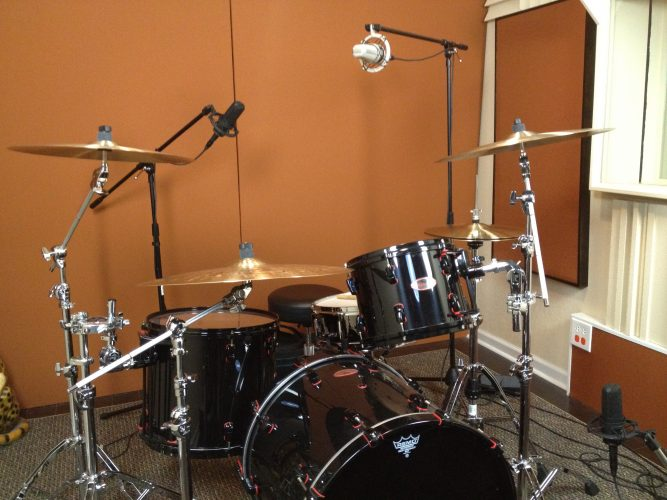
The Glenn Johns method is a well-known technique for recording drums using just a few microphones. While many believe this method was developed for its superior sound quality, the truth is that it was more about convenience. Johns was simply able to achieve great drum sounds without spending excessive time on mic placement. This technique has since become legendary, but its origins are rooted in practicality rather than a quest for perfection.






